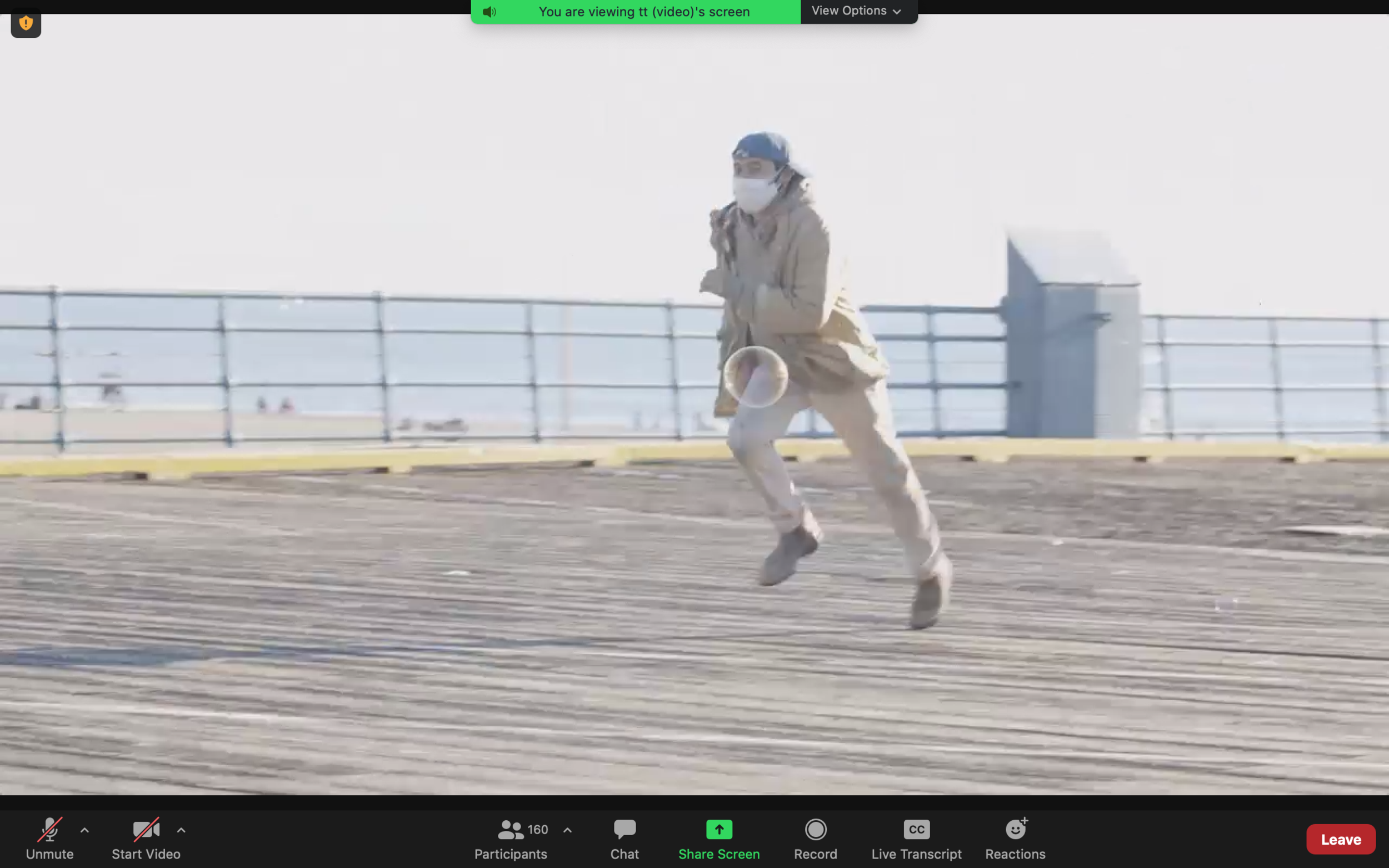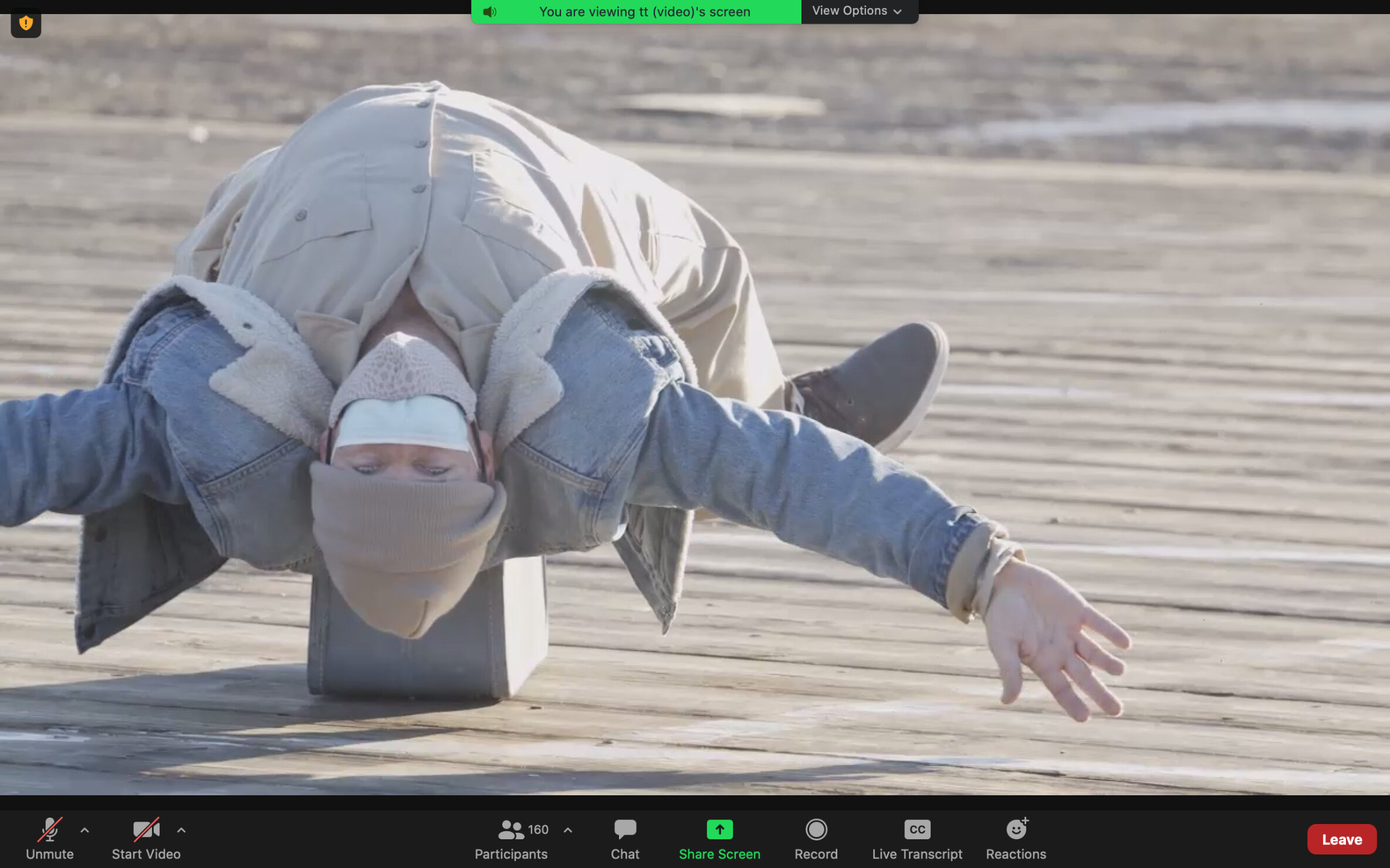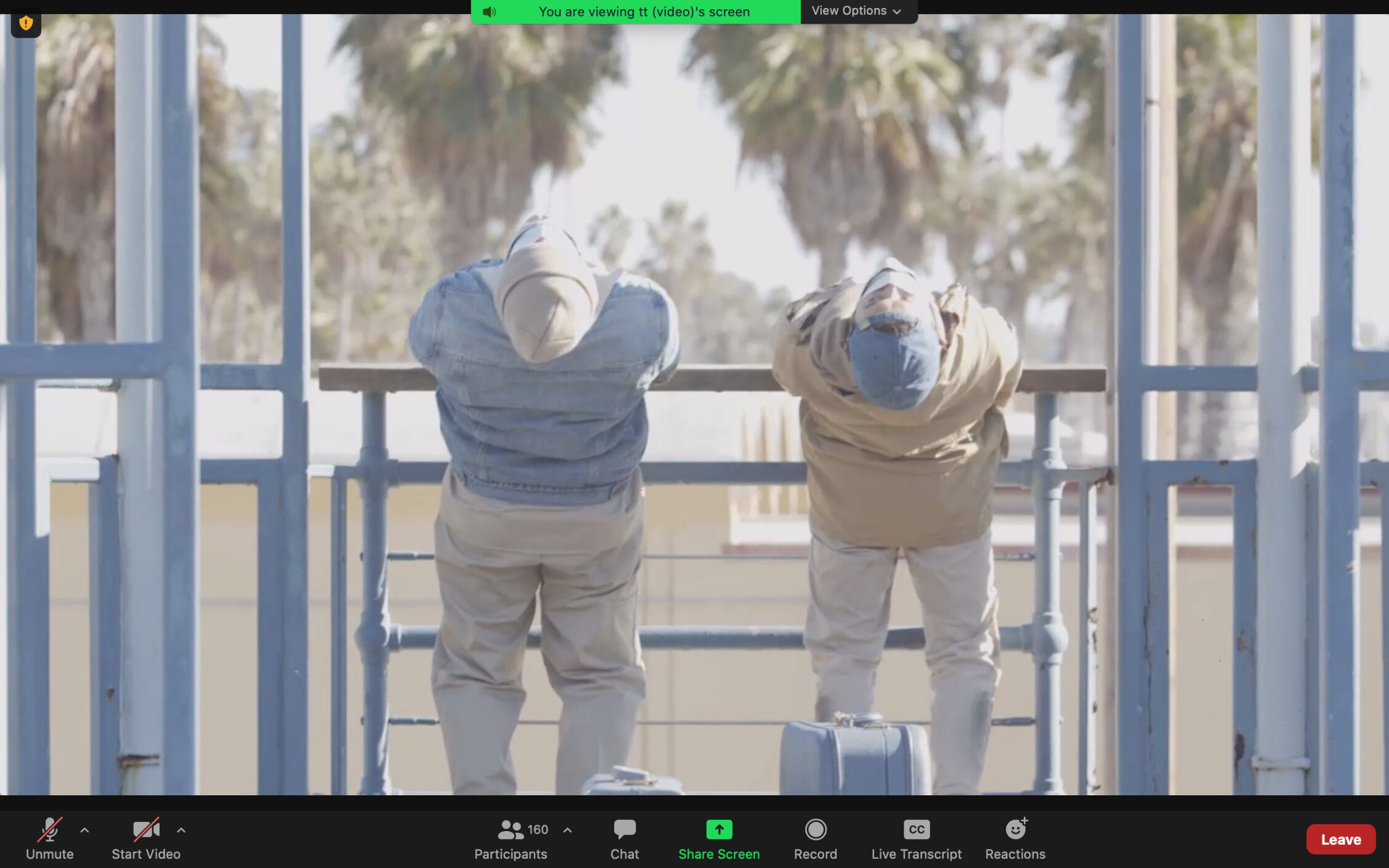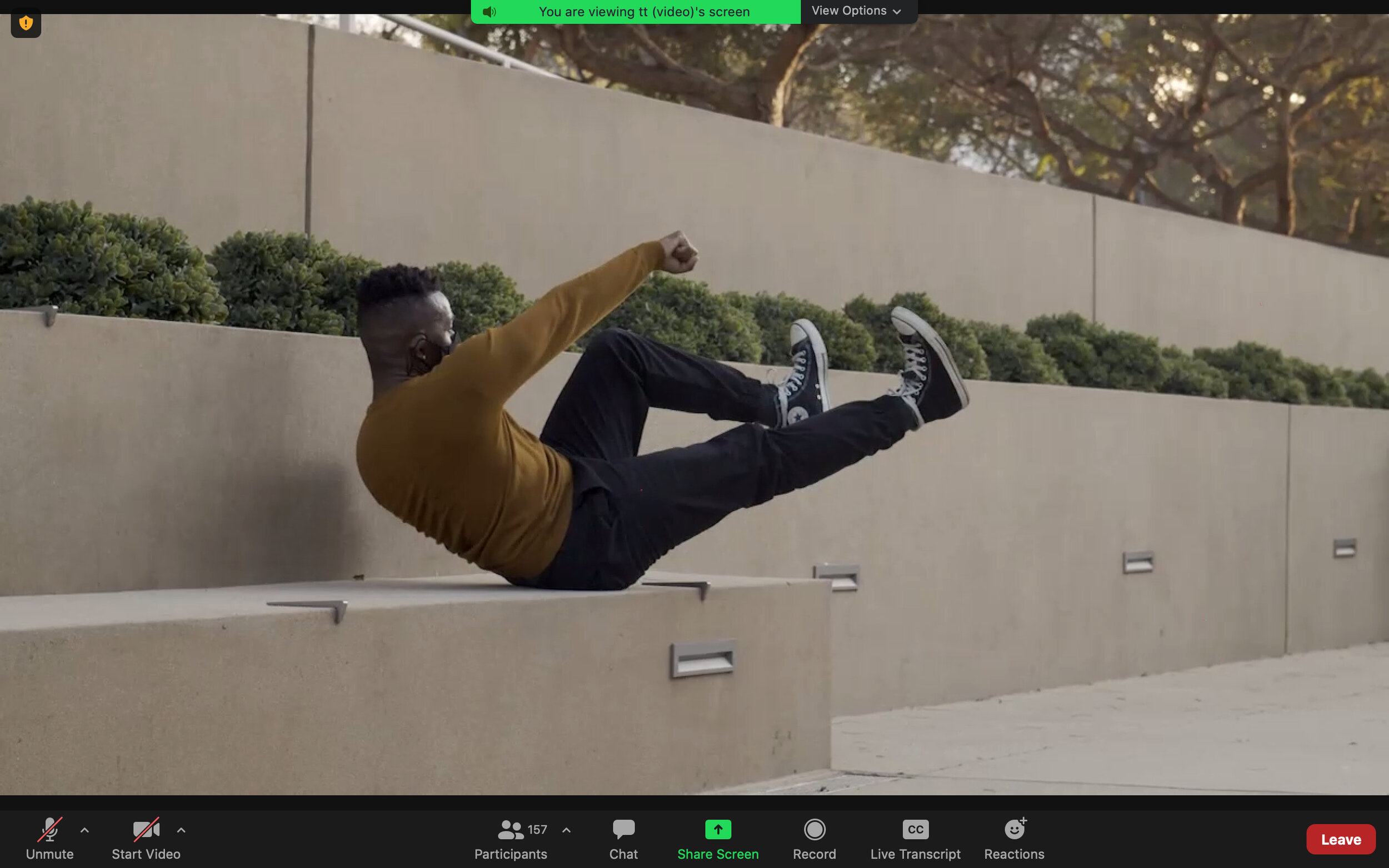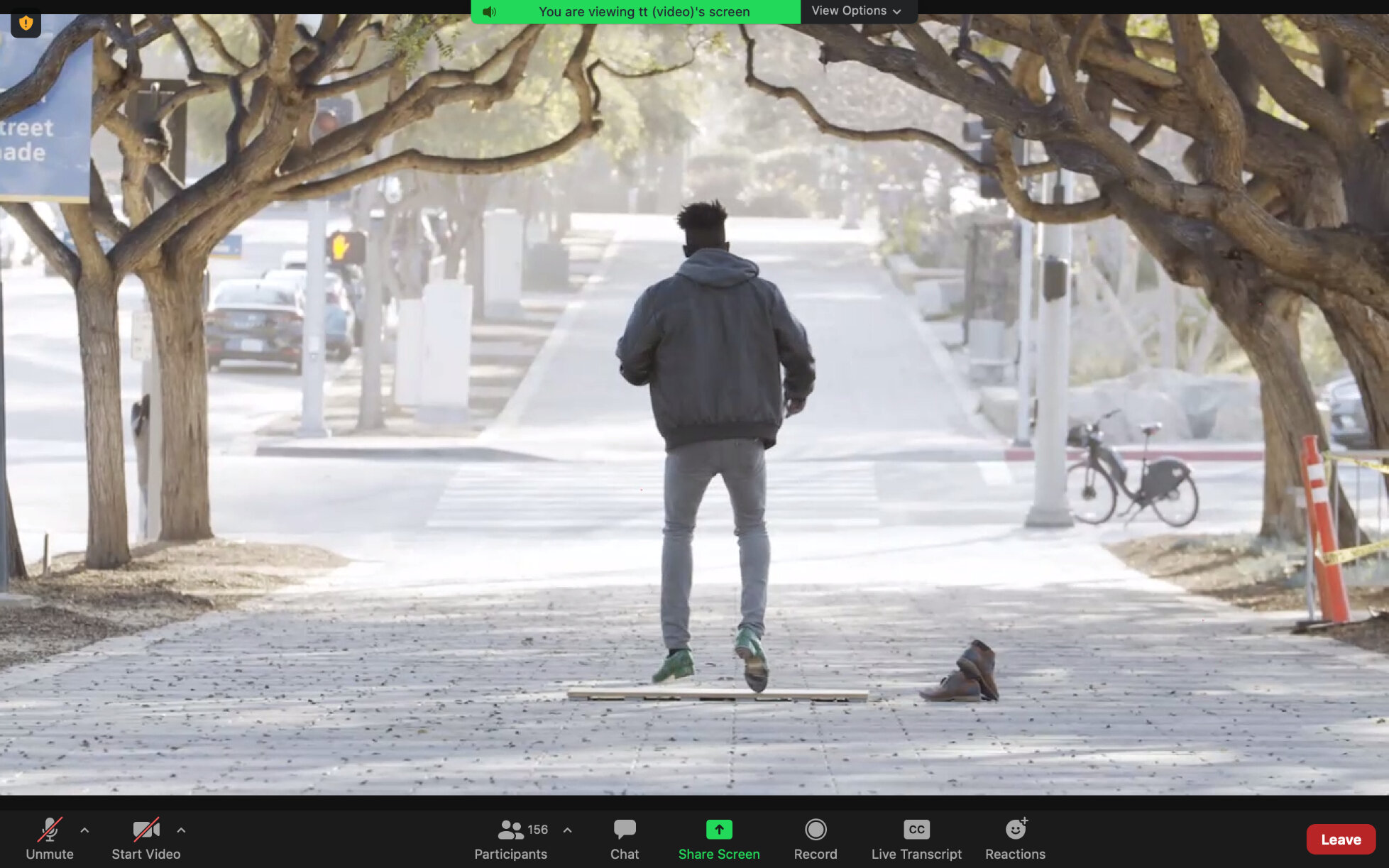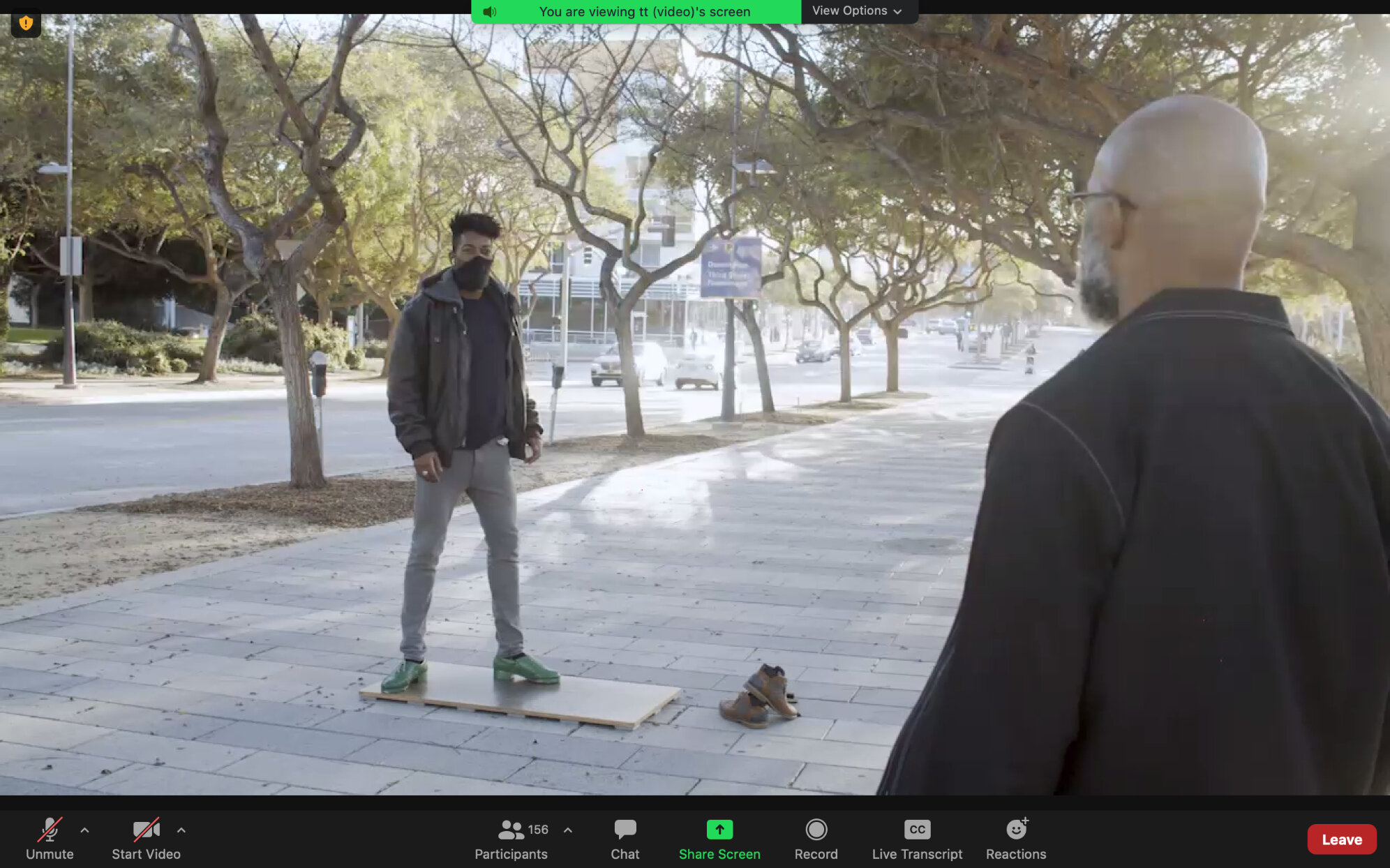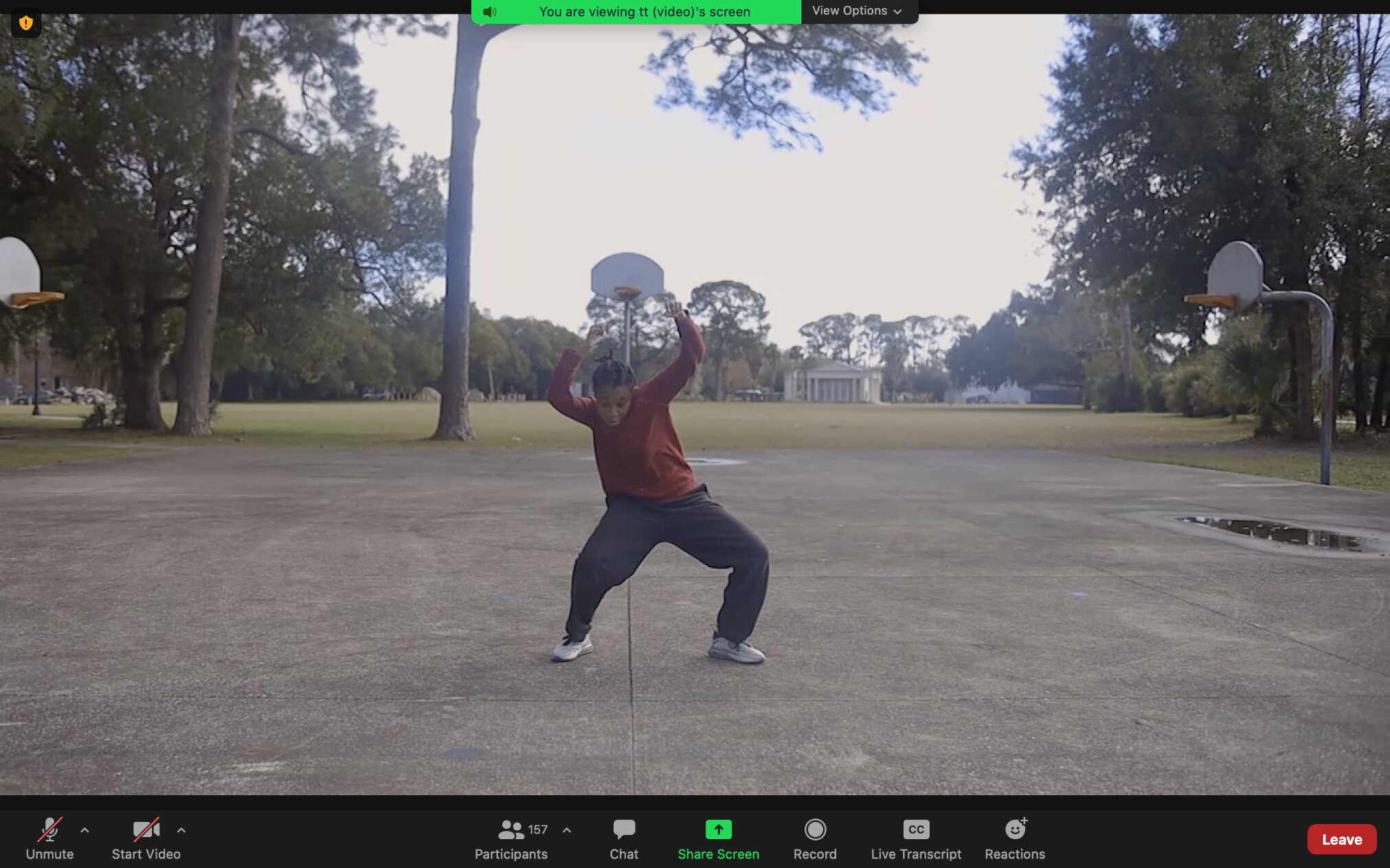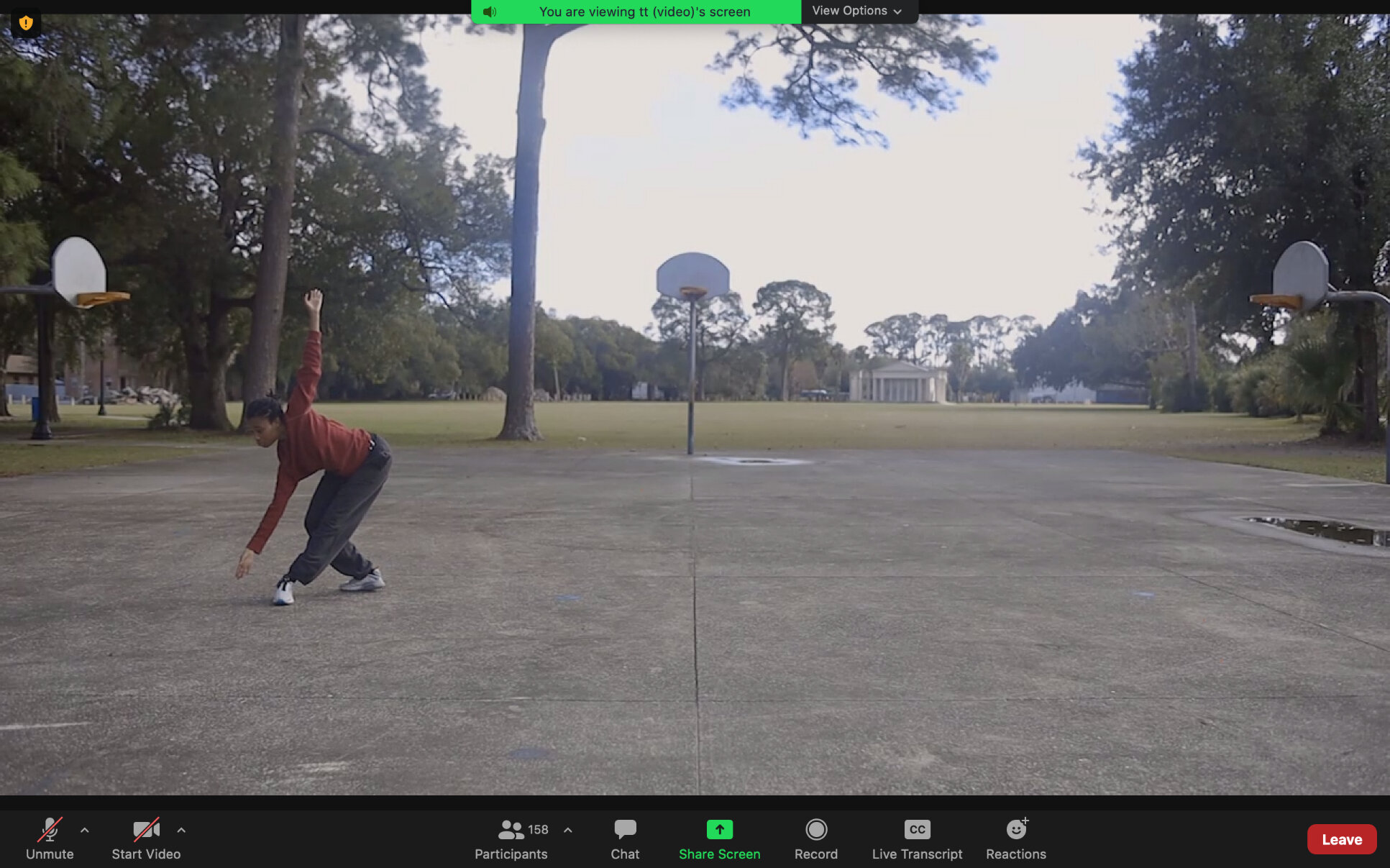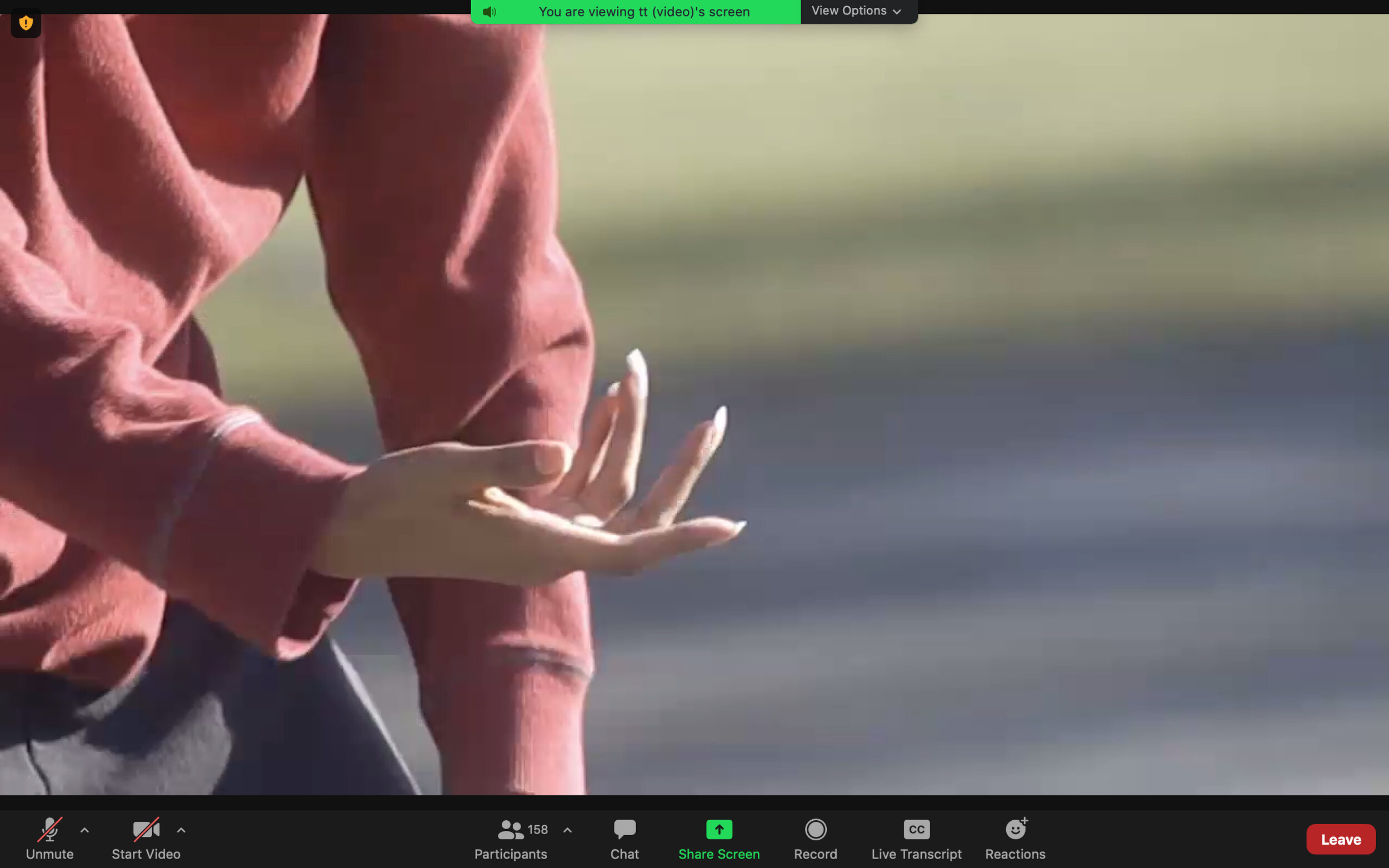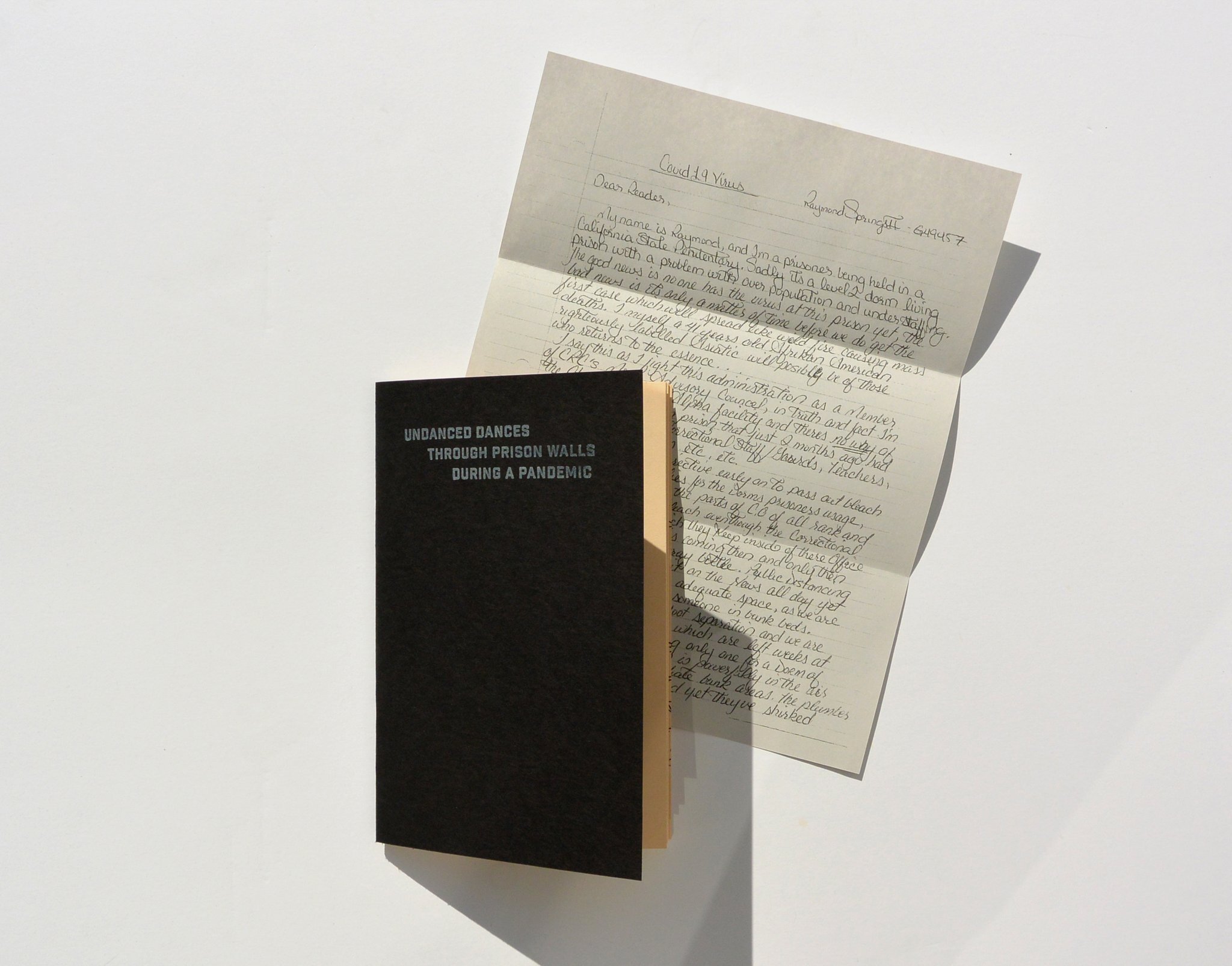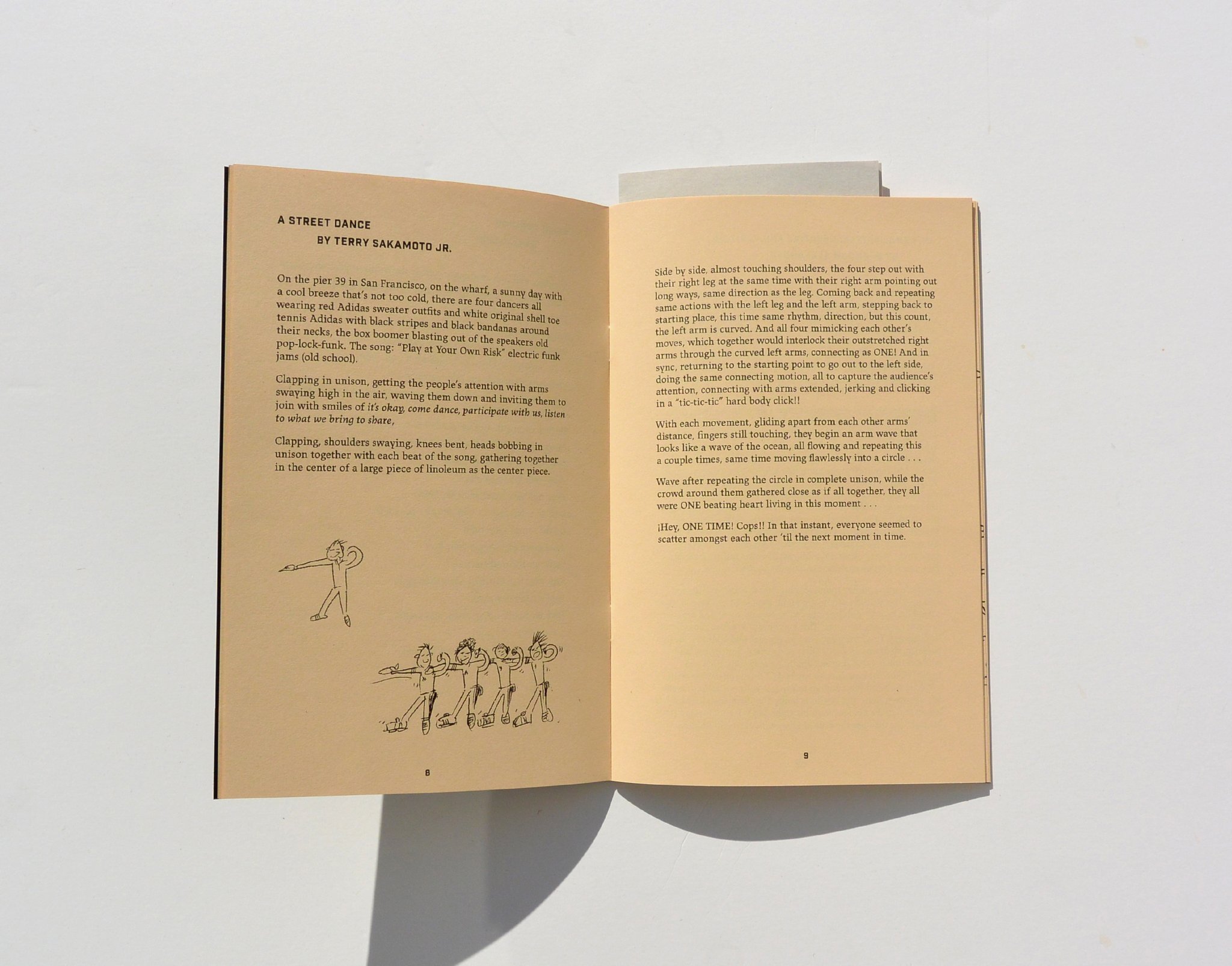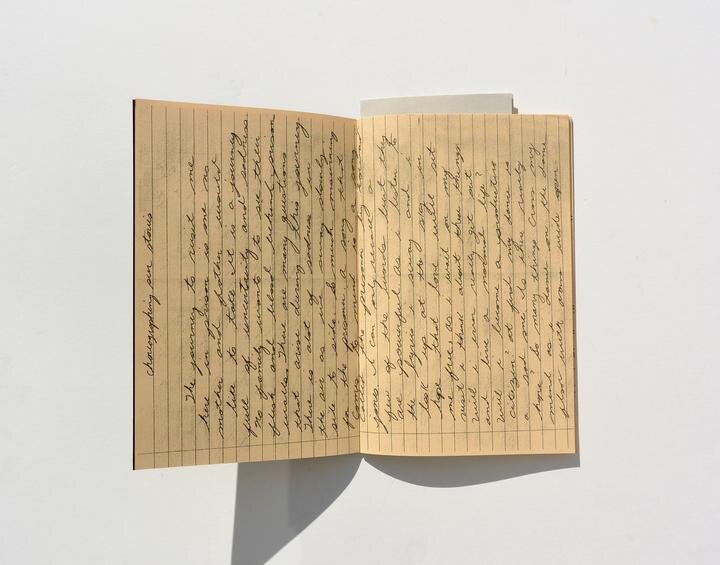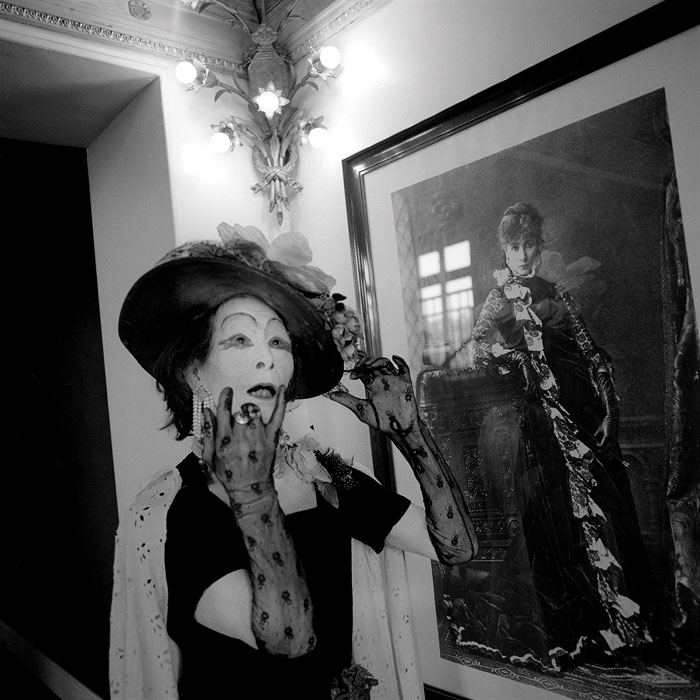Drawing from Ligottian horror, MIASMA takes place in an unnamed seaside town in the artists’ home region of Northern England where a blackened volcanic hole opens below an abandoned car park. The work incorporates 3D design, neo-noir film, and the Japanese dance theatre of Butoh to unearth sensations of dread, mourning, and alienation.
MIASMA autopsies the corpse of post-industrial urbanity, carving out its wounds in unparalleled catharsis: an encounter with darkness that oscillates between the solemn and abrasive.
In Thomas Ligotti’s The Shadow at The Bottom of The World, a strange profusion surfaces and exhausts itself into the atmosphere, afflicting the air, vegetation, and people in a nearby town—ultimately turning a familiar place into an estranged version of itself. This duality becomes the subject of Hannah Rose Stewart and Blackhaine’s (Tom Heyes) debut audio-visual installation, MIASMA.
These uncanny dispositions frequently appear throughout MIASMA, within crowds of twisted and curled faces, as characters and dancers stagger past illegible signs of defunct businesses—a gesture to Mark Fisher’s Ghosts of My Life: “You suppose that you could be in familiar territory … few landmarks. The tracks have numbers, not names. You can listen to them in any order. The point is to get lost.”
Live and recorded Butoh alchemize MIASMA’s provocations into a visceral, unnatural domain, forcing viewers to take part in the mutative rift that opens, not only across the towns, but also within the minds of its inhabitants and visitors.
Through the virtual and choreographic, MIASMA conducts its autopsy on the town’s post-industrial corpse, carving out its wounds in the act of unparalleled catharsis: an embrace and respondent transformation to darkness characterised by its balance of the intimate and abrasive.
Text by Matt Dell
MIASMA will be on view this Saturday, October 22 at 21:00 @ Trauma Bar und Kino Heidestraße 50, 10557 Berlin
Video by Hannah Rose Stewart
Graphic design by Jordi Theler
Ue5 development by Filip Setmanuk Soundtrack by Blackhaine, Croww, Rainy Miller


